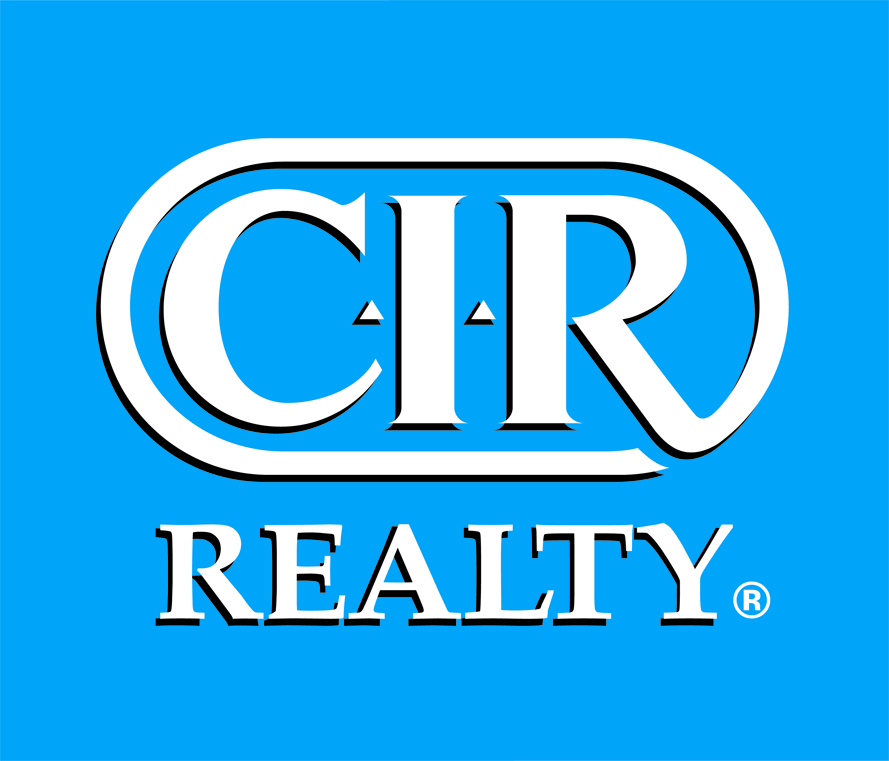14.
The handful of remaining historic homes in Victoria Park sit quietly, and somehow defiantly, in what was once a bustling community. There used to stand about 400 households, a school, churches, grocery stores, and more. These homesteads are reminiscent of a prairie ghost town, sitting amidst fields of parking. The once desired railroad nearby is now an affront to the senses, and two nearby condominiums sit like oversized grain elevators. In the summer it’s hot from the asphalt and dusty from the gravel, with only chain link fences for shelter. In the winter it is a grey and morose tundra.
Today, the community is in the midst of its third major physical transformation in 100 years. Its first life, a neighbourhood of early Calgary. Now the “Entertainment District” is home to a variety of parking lots. The transformation is not being driven by the deep-rooted residents. The last homesteaders are in many cases dying in situ or are no longer able to be engaged in the changes. Today’s Victoria Park is the net result of boom and bust cycles, speculators, master planning, and common neglect. It has even less life than a prairie ghost town, because surrounding forces sucked any opportunity for organic growth. Early home sales and deterioration of the community stripped it of its agency.
Maybe the new Victoria Park is an ideal opportunity for an organic model with smaller subdivisions. A diversity of visionary developers and flexibility in taxation models would allow for a dynamic local economy. The tax base can only lead one direction, but the quality of life remaining can take on many.





